A few days ago, it was announced that come November 10, 2011, Cubans in Cuba would be allowed to buy and sell property. Cuba is a mystery to Americans, as we are forbidden to travel to Cuba because of the embargo that has been in place since 1960. Because we are not allowed to visit Cuba, it seems that any news of the country is extremely interesting to Americans. In fact, Cuba is quickly becoming the most desirable destination for Americans. I had the good fortune of traveling to Cuba last May – legally!
First off, there are many loopholes through which an American can legally travel to Cuba. Religious missionaries, journalists or researchers all can obtain special permission to travel to Cuba directly from the United States. In fact, there are multiple flights per day from Miami to Cuba. I participated in a religious mission with my synagogue, because apparently there are Jews in Cuba. Who knew? This is a great way to both help out the people of Cuba as well as travel to an exotic location that is completely void of American influence…and the 21st century!
The history and culture of Cuba is rich and dynamic. Once a tropical destination like any of the Caribbean islands, the Cuban economy used to benefit from tourism and foreigners who purchased ocean-front property. Famous for its Spanish colonial and art deco architecture, those ocean-front homes are now crumbling. If you squint, you can almost see the streets how they once were.
Its hard to know where to begin when describing a trip to Cuba, so I’ll begin with the unexpected. Aside from having to obtain fake marriages and (real) divorces in order to transfer property, here are some quick facts about Cuba.
Three Unexpected Facts about Cuba:
1. There are two currencies: one for the Cubans, and one for the tourists. The Cubans use Cubans pesos, and these are useless outside of the country. Each month, Cubans receive their monthly “salary” of approximately 300 Cuban pesos. This equates to roughly $16. All supplies deemed necessary, such as food (although certainly not all foods) are quoted in Cuban pesos. A tourist would rarely encounter a store or a restaurant that used this currency system.
Tourists use the Cuban Convertible Peso, which is pegged to the US dollar. In this way, tourists actually pay far more for everything than a Cuban would. All “luxury” goods, such as restaurants, cell phones, internet access and hotel rooms, are quoted in Cuban Convertible Pesos (abbreviated CUC, and called “cooks” for short). The two currencies work together to keep Cubans down and keep tourists pumping foreign cash into the economy. In actuality, through working in the hospitality industry, Cubans do acquire CUCs and the more entrepreneurial are able to have luxuries like iPhones and internet access.
2. In general, the food is horrible. It is not like Cuban food in the US at all. There is a saying that the three greatest failures of the Cuban Revolution are breakfast, lunch and dinner. Because of the poor ingredients, and lack of real supplies, the food is extremely bland is not fresh at all. Meat is a luxury. In fact, privately owned restaurants were illegal until 1993. Since 1993 however, many paladares (privately owned restaurants) have sprung up around Havana. These restaurants exist in private homes and still have an underground feel. There are no signs advertising their existence, so you must be “in the know” to know where to go and to get a reservation. Fortunately our Rabbi had been to Cuba multiple times and knew of Esperanza. The food was delicious and the experience of eating in a Cuban home could not be beat.
3. Cubans do not have adequate access to medical supplies. Cuba is not how it was portrayed in Michael Moore’s Sicko. Yes, Cubans are extremely well educated and there is no shortage of doctors. Cuba is quite often once of the first countries to offer its doctors to countries needing aid. The supplies, however, are a problem. As missionaries, we were instructed to bring medical supplies to assist the people. We filled our suitcases with Tylenol, samples of medications and antibiotics. There was nothing they didn’t need. When we arrived at the pharmacy, we were told that the shelves would be bare if it weren’t for the donations from American missionaries.
To make matters even more complex, it is not desirable to be a doctor in Cuba. Yes, you earn a higher than average salary of $22 per month, but this pales in comparison to what a Cuban can make in the hospitality industry. In Cuba you’ll encounter a bellboy that is really a brain surgeon, or a bus driver who is a trained electrical engineer. If a foreign tourist tips you $1 per bag, you could easily make a doctor’s monthly salary in a single day.
I actually did have to go to the doctor in Cuba, and it certainly wasn’t a bad experience, but it wasn’t the best either. I had come down with an eye infection and I was given medication, but in the end I was wrongly diagnosed and still needed to go to the doctor back in New York. This is actually the main reason that its taken me until now to review my notes about Cuba and actually formulate blog entries 🙂
So there you have it. There will be more to come soon!

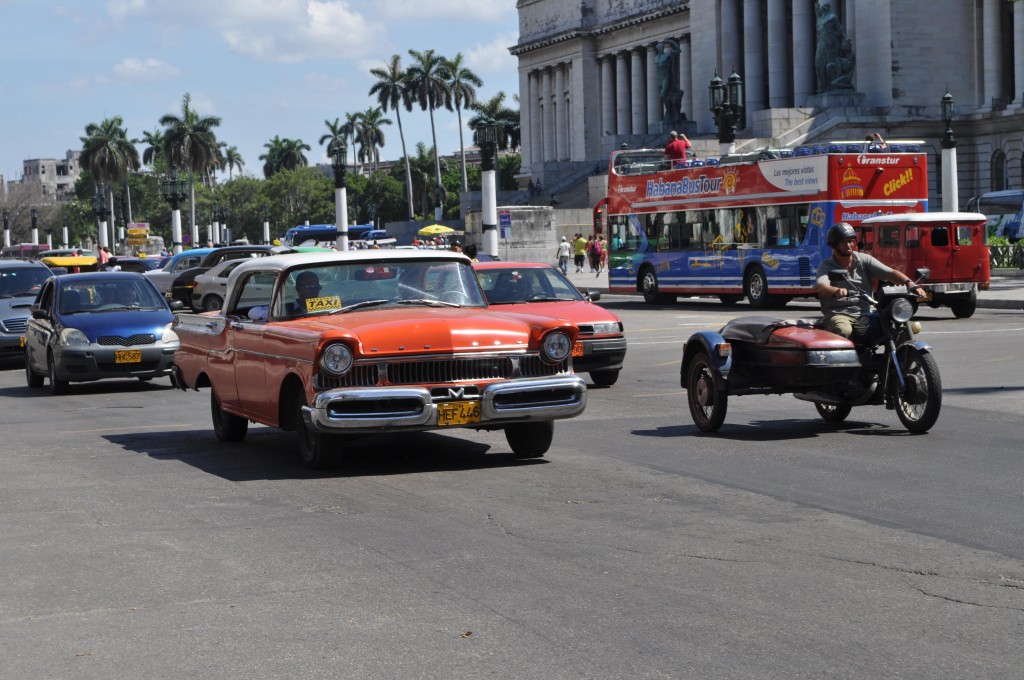
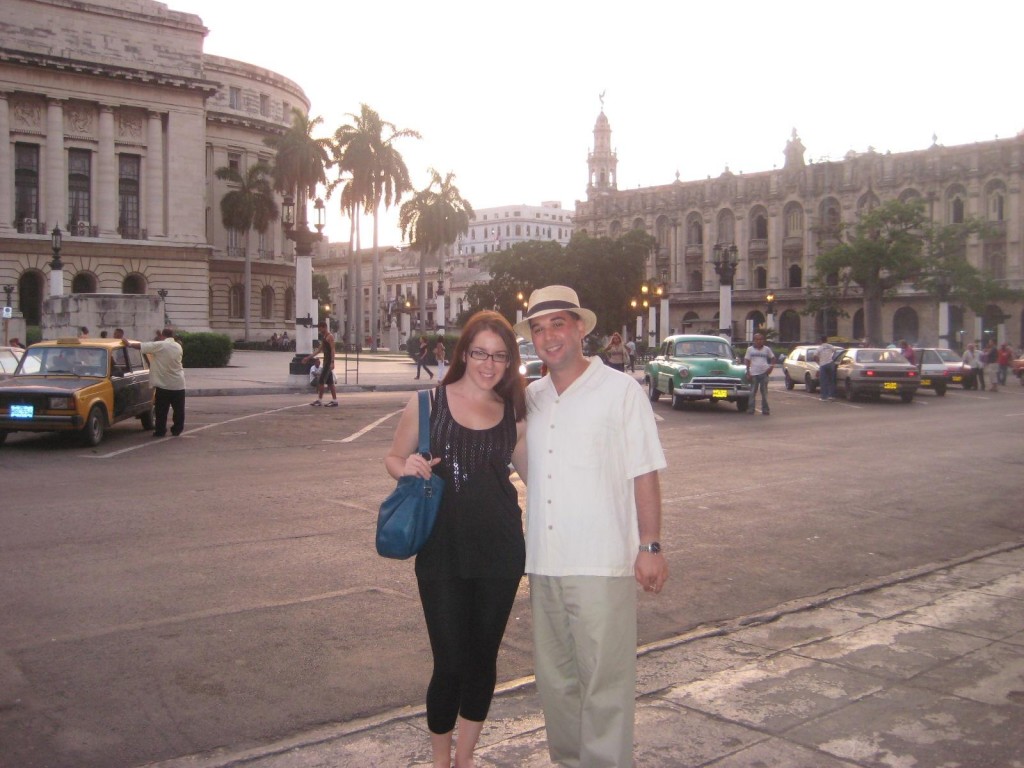
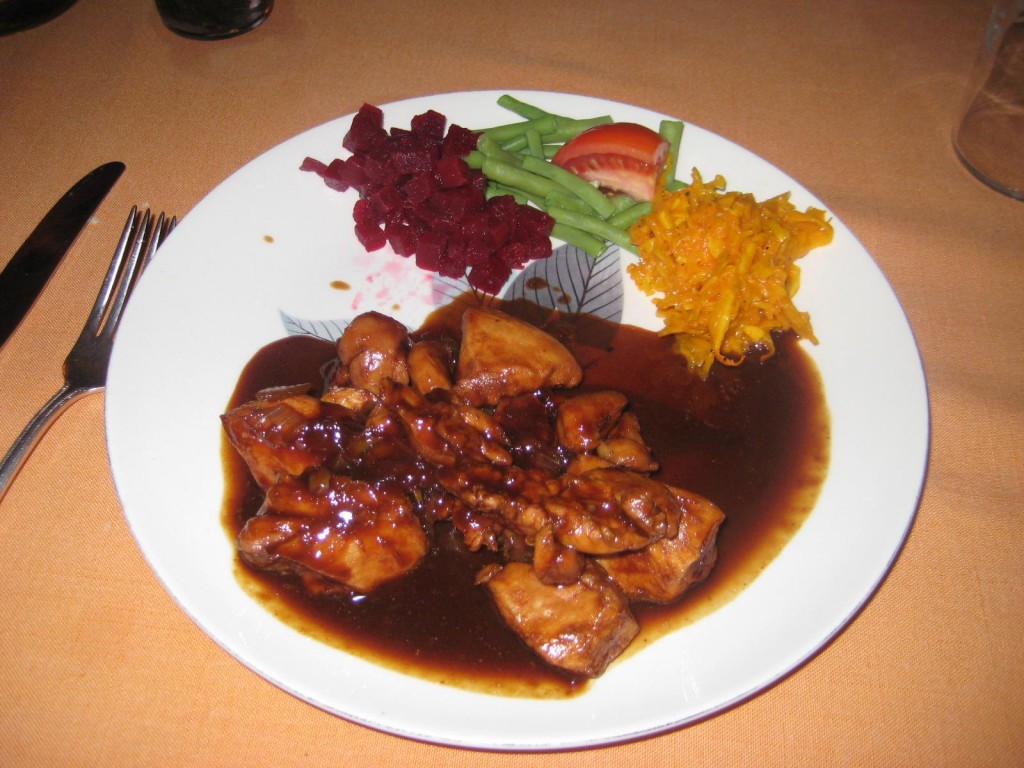
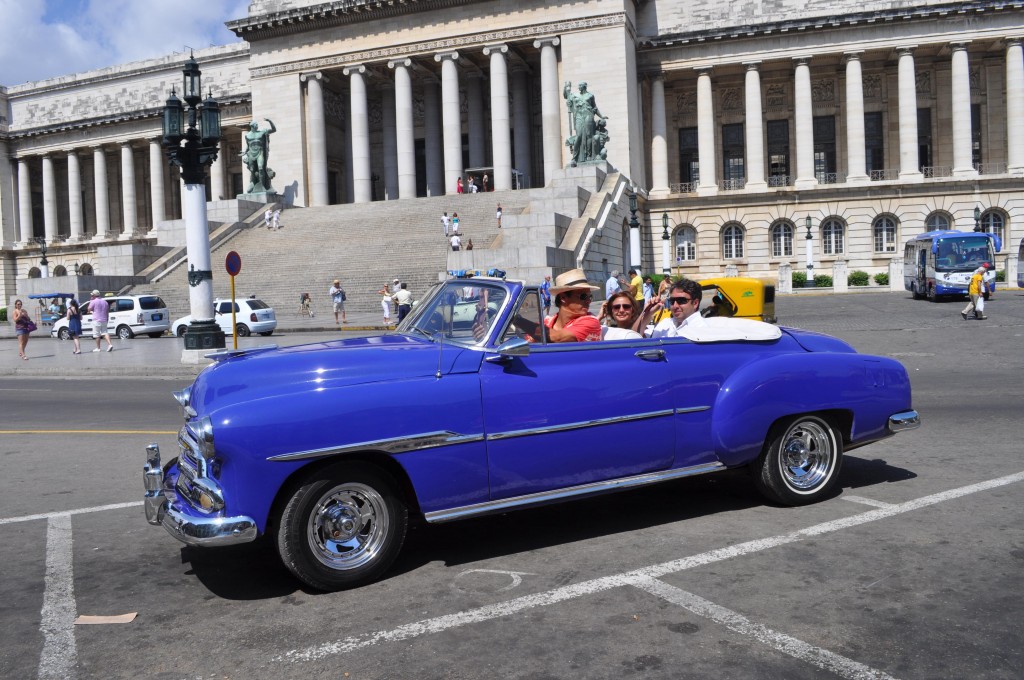









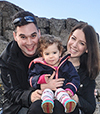
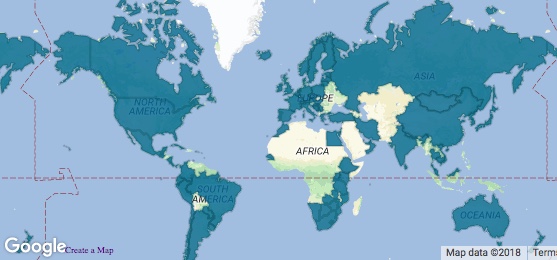

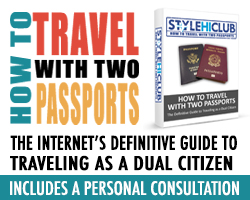

I hope they’ll take good care of the “yank tanks” and they’ll keep them all running for a very long time!
They definitely must be expert mechanics on cars from the 50’s – in a lot of cases, it’s the only option!